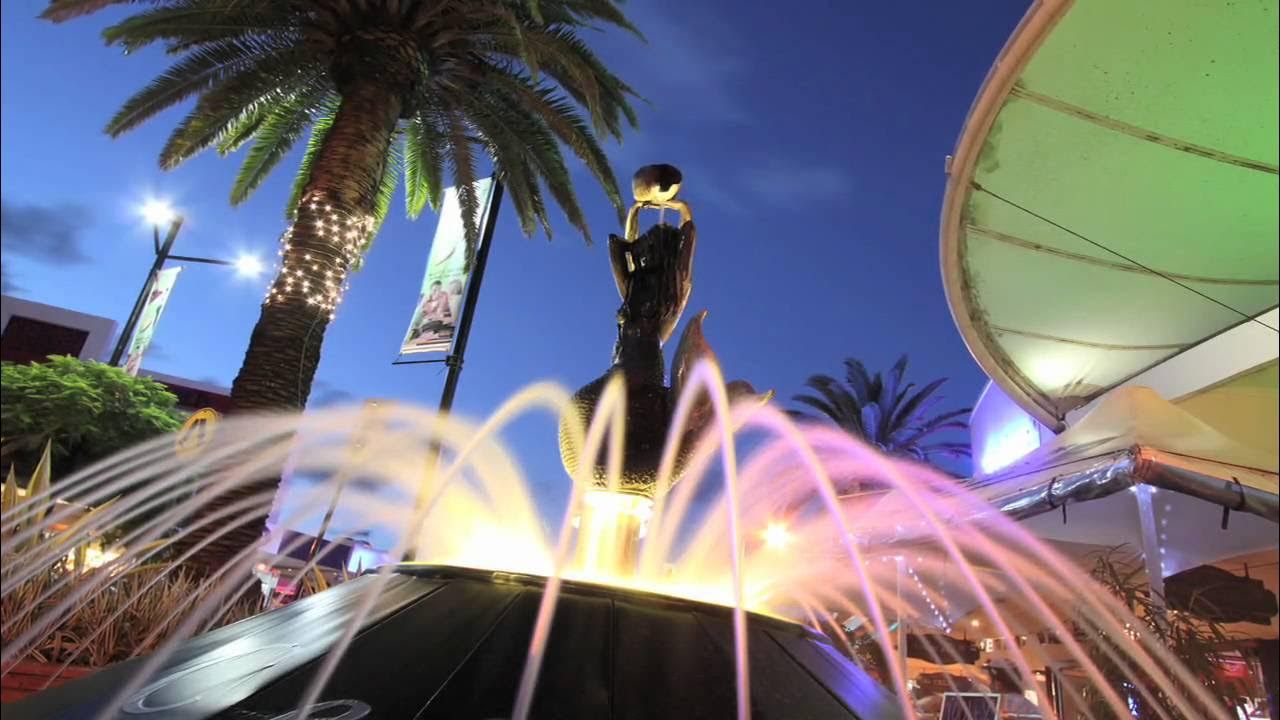Memahami Segitiga Exposure Video Untuk HP dan Semua Kamera + Giveaway
Summary
TLDRThis video explains the basics of camera exposure settings, focusing on the 'exposure triangle'—ISO, shutter speed, and aperture. It covers how these settings affect the exposure of your videos and how to manually adjust them for optimal results, whether using a smartphone or a professional camera. The video also discusses techniques for managing exposure in various lighting conditions and shares tips on how to achieve natural motion blur. Additionally, there’s a giveaway featuring a VND filter, with instructions on how to participate.
Takeaways
- 😀 Exposure is the level of brightness in a video, and it’s crucial to avoid both underexposure (too dark) and overexposure (too bright).
- 😀 The exposure triangle consists of three elements: ISO, shutter speed, and aperture. All these must be balanced manually for optimal video quality.
- 😀 ISO controls the camera sensor's sensitivity to light, but higher ISO values can introduce noise, especially in lower-quality cameras like smartphones.
- 😀 Shutter speed determines how long the camera sensor is exposed to light. A faster shutter speed lets in less light but reduces motion blur.
- 😀 To achieve a natural motion blur in videos, shutter speed should generally be set to twice the frame rate (e.g., 1/50 for 25fps).
- 😀 In low-light conditions, it’s acceptable to adjust shutter speed away from the '2x frame rate' rule to avoid underexposure, even if it means more motion blur.
- 😀 Aperture, or the size of the lens opening, also controls the amount of light entering the camera. A larger aperture (smaller f-number) lets in more light.
- 😀 Smartphones typically don’t allow for aperture adjustments, but manual control of ISO and shutter speed can still improve video quality.
- 😀 It’s important to check if your smartphone supports manual exposure settings by testing with apps like Manual Camera from the Play Store.
- 😀 Filters like ND filters can help control exposure in bright conditions by reducing the amount of light entering the camera without affecting video color or quality.
- 😀 A giveaway is included in the video, where viewers can win an ND filter by commenting on the video and providing their Instagram account.
Q & A
What is exposure in videography, and why is it important?
-Exposure refers to the brightness or darkness of a video. It's important to manage exposure properly to ensure the video isn't too dark (underexposed) or too bright (overexposed), as this affects the quality and clarity of the video.
What is the difference between auto and manual exposure settings?
-Auto exposure allows the camera to adjust settings automatically, but the results may not be optimal. Manual exposure, on the other hand, gives the user control over settings like ISO, shutter speed, and aperture, allowing for more precise and creative results.
What are the three elements of the exposure triangle?
-The three elements of the exposure triangle are ISO, shutter speed, and aperture. These elements work together to control the exposure of a video.
How does ISO affect video quality?
-ISO controls the sensitivity of the camera sensor to light. A higher ISO will make the video brighter, but it can also introduce noise (grainy texture) in the footage. Lower ISO values are preferable in good lighting conditions to avoid noise.
What is the relationship between sensor size and ISO?
-Larger camera sensors, such as APS-C or full-frame, capture more light and produce less noise compared to smaller sensors, even at higher ISO values. This allows for better low-light performance and cleaner video.
What does shutter speed control in videography?
-Shutter speed controls the amount of time the camera's shutter is open to allow light to hit the sensor. It also affects motion blur in video. A slower shutter speed creates more motion blur, while a faster shutter speed results in less blur.
Why is motion blur important in video?
-Motion blur makes fast-moving objects appear more natural to the human eye. It helps simulate the way our eyes perceive movement. If there is too little motion blur, fast motion in video may look unnatural and jarring.
What is the recommended formula for shutter speed in videography?
-A common rule of thumb for shutter speed in video is to set it at double the frame rate. For example, if filming at 30 fps (frames per second), the shutter speed should be set to 1/60.
What is the aperture, and how does it impact exposure?
-Aperture refers to the size of the opening in the lens that allows light to pass through to the camera sensor. A wider aperture (smaller f-number) lets in more light, increasing exposure, while a narrower aperture (larger f-number) reduces the amount of light and lowers exposure.
How can you adjust exposure on a smartphone camera?
-On a smartphone, you can adjust exposure by manually setting ISO and shutter speed using apps like Open Camera. While you can't change the aperture on most smartphones, adjusting ISO and shutter speed can still result in better video quality compared to using auto settings.
Outlines

This section is available to paid users only. Please upgrade to access this part.
Upgrade NowMindmap

This section is available to paid users only. Please upgrade to access this part.
Upgrade NowKeywords

This section is available to paid users only. Please upgrade to access this part.
Upgrade NowHighlights

This section is available to paid users only. Please upgrade to access this part.
Upgrade NowTranscripts

This section is available to paid users only. Please upgrade to access this part.
Upgrade NowBrowse More Related Video
5.0 / 5 (0 votes)





